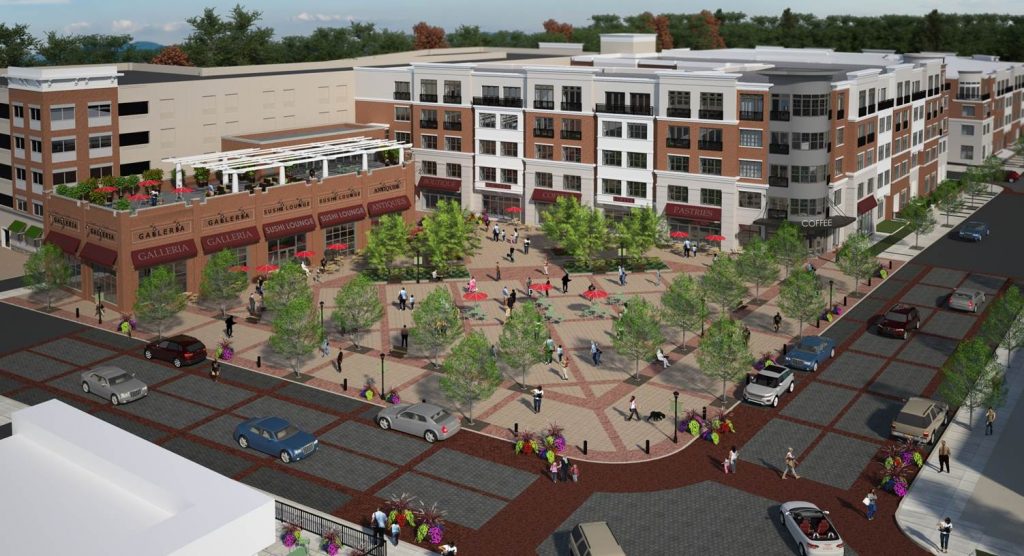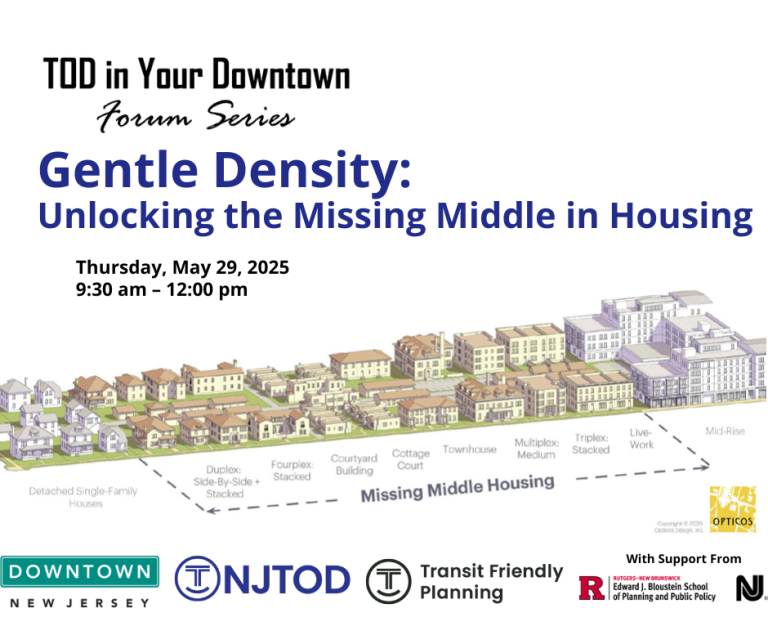Affordable Housing Can Help With Downtown Revitalization
Stephen Santola Esq.
Executive Vice President and General Counsel
Woodmont Properties
Debra Tantleff
Founding Principal
TANTUM Real Estate
Everyone in municipal circles is talking about affordable housing. More than 325 New Jersey municipalities have entered the judicial affordable housing process established by the Supreme Court in In Re Adoption of NJAC 5:97 (Mt. Laurel IV). The goal of these actions is to reach a judicial determination of each town’s affordable housing obligation. Cases are proceeding at varying speeds depending on the county, the judge and a given municipality’s willingness to negotiate and settle its future requirements. Once an affordable requirement is established, each town must present to the court a realistic plan detailing how it will fulfill that requirement. In short, at some point in the not too distant future, each town in New Jersey is going to have a required number of affordable units it must deliver between today and 2025.
The question now is, how can municipalities direct the development of affordable housing in a way that benefits the town, its tax base and existing local residents? While the challenges presented by this new housing obligation seem daunting, consider today’s environment, which continues to be defined by migration to urban-like settings and a growing number of people seeking walkable downtowns with vibrant public spaces and access to public transportation. The lifestyle demands presented by both Millennials and Baby Boomers create a powerful opportunity for municipalities: They can use their affordable-housing obligation to foster downtown redevelopment by implementing thoughtful planning and economic policies that allow for the creation of dynamic mixed-use and mixed-income downtown neighborhoods.
Tools To Keep Projects Profitable
Downtown redevelopment comes with its own set of costs, often unique to an area. Assembling a number of small lots, remediating environmentally challenged sites, and building structured parking are in-town challenges not often faced in more traditional “greenfield” developments. The costs to meet these challenges, even without an inclusionary affordable housing component, can be enough to sink a new project. But a number of tools are available to towns and developers to assist in making the numbers work.
Many towns are updating antiquated zoning ordinances proactively by planning for redevelopment and/or overlay zones that provide for density bonuses to allow for inclusionary affordable housing. In this scenario, income from the additional market-rate units helps to subsidize the cost of the affordable units. Permitting higher-density residential development in a downtown affords a potential win-win for the municipality: It helps establish the customer base necessary to support vibrant downtown retail while meeting the municipality’s obligation to provide affordable housing. The opportunity created by these zoning provisions will vary and comes with its own sliding scale of financial viability. In some instances, the additional density can result in an increase to overall building height, which can itself create a different and potentially costly zoning hurdle, or it can push the project into a different construction type (i.e. from wood to steel or concrete), resulting in a more expensive building system with construction costs too high to justify the profitability of the project.
Another powerful tool that municipalities should consider are tax incentives. Affordable housing is typically financed through creative capital stacks that include state and federal tax credits. A combination of proposed changes to the federal corporate tax rate, which if enacted will result in a decline in investment in Low-Income Housing Tax Credits, coupled with the increased competition among qualified developers to secure what tax credits are available, will force the need for other financial subsidies if any of this housing is to be developed. Municipalities can ease the financial hurdles of building affordable housing by offering either short-term or long-term financial agreements known as payments in lieu of taxes, or PILOTs, that establish defined real-estate tax payments structured over a set period of time. These agreements can provide the benefit of a reduced operating expense as well as the certainty of long-term costs, both of which help reduce financing barriers. While the use of PILOTs is sometimes controversial since they can divert funds away from the local school system, municipalities can earmark a portion of these payments back to the school district or to fund specific school-related projects.
Finally, in looking at the public-private nature of redevelopment, municipalities can consider the use of land grants to offset acquisition costs. The cost of property assemblage required to facilitate meaningful downtown redevelopment is a dominant factor in determining the financial viability of a project. Countless downtown redevelopment opportunities can be created through repurposing municipally-owned property. The ability for municipalities to convey land allocated for affordable housing at a reduced or nominal land basis can be one of the biggest components in ensuring that a project can move forward.
The affordable housing numbers can be significant, and the concerns of implementation are valid. There is no one-size-fits-all solution for the challenges presented as municipalities seek to meet their affordable home requirement. It will be critical for municipalities and developers to continue to work cooperatively in order to ensure smart mixed-income redevelopment that provides the necessary economic stimulus to sustain our communities. But satisfying these affordable-housing obligations presents an opportunity for a municipality to meet many other community goals, including building a thriving downtown.



